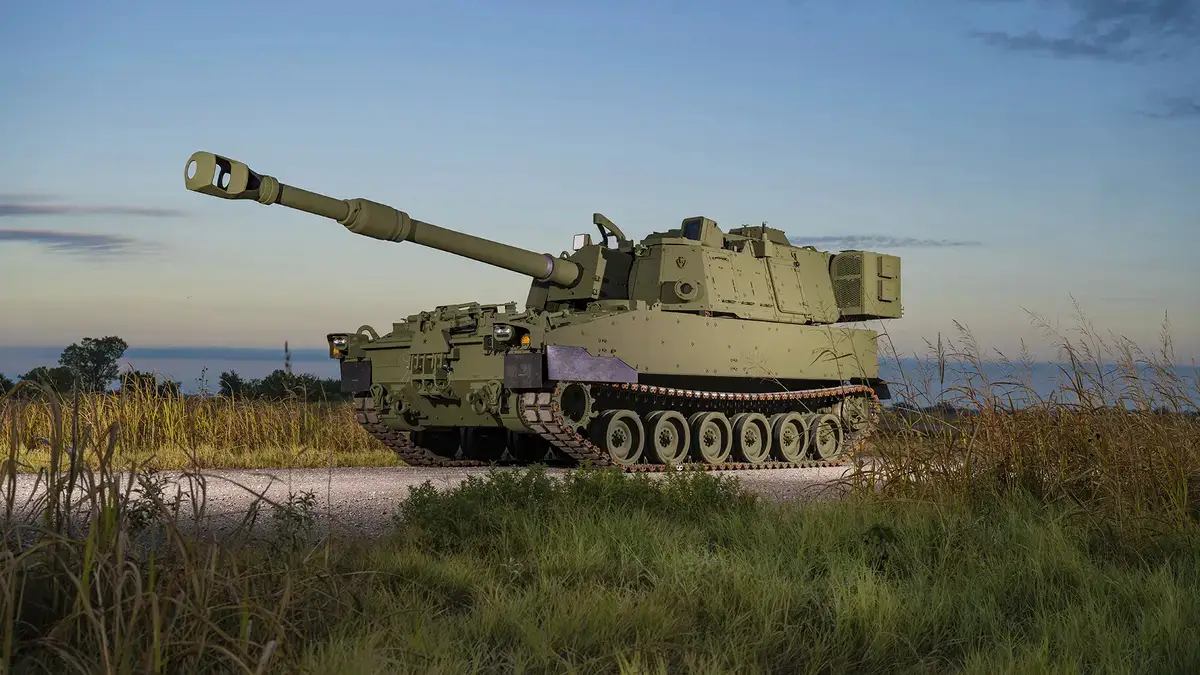This contract award includes production and delivery between August 2025 and July 2026. The M109A7 provides reliable, evolutionary capabilities for the Army’s Armored Brigade Combat Team (ABCT). The M109A7 ensures Soldiers have the most modern artillery capabilities that are highly survivable, maintainable, proven, and responsive on the battlefield. BAE Systems remains committed to the future of the M109A7 program, ensuring that Soldiers are equipped with mission-ready artillery solutions in even the most challenging terrains or conditions. While being one of the lightest tracked SPH systems in the battlefield, the vehicle is engineered with adaptable chassis and next-generation technology.
“We are focused on producing and fielding modern artillery capabilities that provide the Army with overmatch in range, accuracy, and lethality,” said Dan Furber, director of ground vehicle production for BAE Systems’ Combat Mission Systems business. “This contract ensures the ABCT will sustain operations of one of the most survivable indirect fire support systems for years to come.”

The M109 is an American 155 mm turreted self-propelled howitzer, first introduced in the early 1960s to replace the M44. It has been upgraded a number of times, most recently to the M109A7. The M109 family is the most common Western indirect-fire support weapon of maneuver brigades of armored and mechanized infantry divisions. The newest M109 version for U.S. service is the M109A7, formerly known as the M109A6 Paladin Integrated Management (PIM). The M109A7 shares common chassis components with the Bradley Fighting Vehicle (BFV) such as the engine, transmission, and tracks. Purpose-built with commonality across the ABCT formation, the M109A7 is a low-risk option for future upgrades while easing the logistics burden and reducing maintenance costs.
The U.S. Army planned on procuring a fleet of 580 sets of M109A7 howitzers and M992A3 Field Artillery Ammunition Supply Vehicles. M109A7’s commonality also benefits allied nations who are already operating U.S. military systems by preserving interoperability through support, maneuver, and transportation characteristics. The M109A7 entered full rate production in 2020. This most recent order brings the total contract value to almost $3 billion. BAE Systems recently expanded production and support efforts for M109A7 and M992A3 to Anniston, Alabama, in addition to the efforts completed across the company’s robust industrial network in York, Pennsylvania; Minneapolis, Minnesota; Sterling Heights, Michigan; Endicott, New York; Elgin, Oklahoma; and Aiken, South Carolina.















